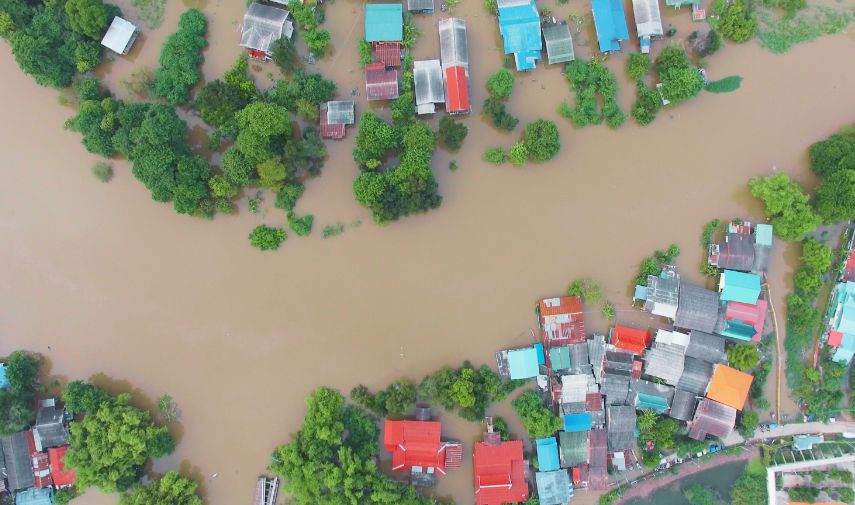Climate change isn’t just about melting ice caps; it’s a crisis that hits close to home, especially for communities of color and low-income neighborhoods. In the U.S., these groups bear the brunt of climate-related disasters like hurricanes, floods, and extreme heat. But why? Well, it’s not just bad luck; it’s a result of systemic inequalities that put polluting industries and hazardous sites in their backyards.
The Climate Gap is the unequal distribution of the impacts of climate change, particularly on marginalized communities, such as communities of color, who bear the brunt of its effects due to various socioeconomic factors.
Taking a step back and looking at history
Remember redlining? That discriminatory housing policy from the 1930s that labeled Black and immigrant neighborhoods as risky investments? Those areas are now burdened with pollution and poor health outcomes. It’s not a coincidence. Communities of color have been pushed into areas with toxic air and water, while wealthier, mostly White neighborhoods enjoy cleaner environments.
And it’s not just about where you live; it’s also about the work you do. Hispanic communities, for example, are often found in outdoor jobs like agriculture and construction, where they face higher risks from extreme heat and wildfires. And when disasters strike, it’s the marginalized communities who suffer the most, lacking access to resources for evacuation, insurance, or rebuilding.
Additionally, urban segregation perpetuates the problem, with low-income neighborhoods experiencing the “heat island” effect due to darker materials used in construction and lacking access to essential resources like air conditioning. This lack of access leaves them ill-equipped to cope with extreme heat events. Furthermore, when faced with severe weather events like hurricanes, which are becoming more frequent due to climate change, these communities often lack the financial resources to evacuate or rebuild.
The widening wealth gap exacerbates these challenges, as rising prices of necessities disproportionately burden low-income households. As a result, these communities struggle to recover and rebuild after climate-related disasters, lacking insurance and financial resources.
So, what can we do about it?
Gerald Torres, a professor of environmental justice at Yale University, emphasizes the importance of inclusive climate change solutions that prioritize increasing the resilience of marginalized communities and involve them in decision-making processes.
“As we move to transform the energy side of our economy, how can we do that and not leave some communities behind?” Torres says. That means investing in clean energy, affordable housing, and public transportation in the neighborhoods that need it most. It means listening to the voices of environmental justice communities and centering their needs in policy decisions.
Doctors and public health experts also have a role to play. They can educate their patients and communities about the health risks of climate change and advocate for systemic change that prioritizes equity and justice.
It won’t be easy, but by working together and prioritizing the most vulnerable among us, we can start to close the climate gap and build a healthier, more equitable future for all.
